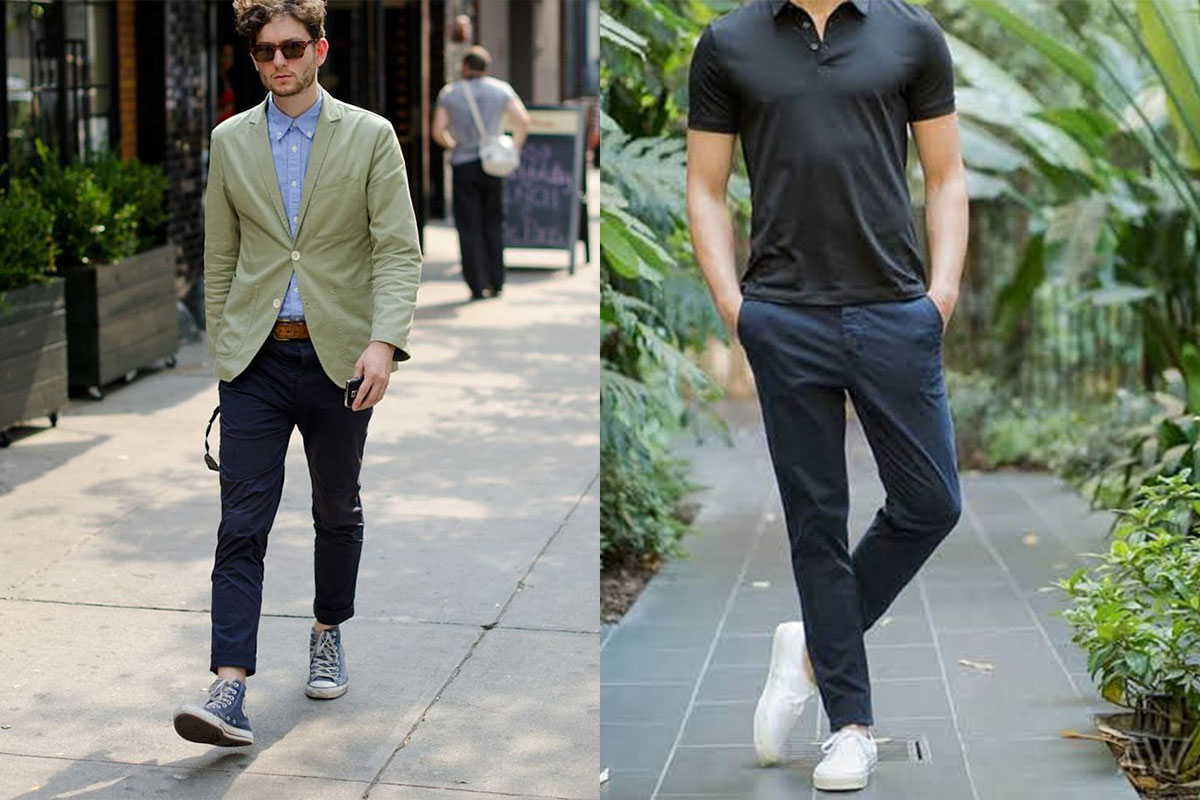When it comes to running, the right apparel can make a significant difference in your performance and comfort. One of the most critical factors in selecting running gear is the fabric material. With a plethora of options available, understanding which fabric is best for running apparel can help you make informed choices that enhance your running experience. This article delves into the various fabric materials, their properties, and how they impact your performance on the track or trail.
Understanding the Key Properties of Running Fabrics
Before diving into specific materials, it's essential to understand the key properties that make a fabric suitable for running apparel:
- Moisture Management: The ability of a fabric to wick sweat away from the skin is crucial. Fabrics that manage moisture effectively keep you dry and comfortable, reducing the risk of chafing and irritation.
- Breathability: Breathable fabrics allow air to circulate, helping regulate body temperature during intense workouts. This property is vital for maintaining comfort, especially in warmer conditions.
- Durability: Running apparel must withstand the rigors of physical activity. Durable fabrics resist wear and tear, ensuring that your gear lasts through countless miles.
- Lightweight: Lightweight materials enhance mobility and reduce the feeling of bulk, allowing for a more natural running motion.
- Stretch and Recovery: Fabrics with good stretch and recovery properties provide freedom of movement and maintain their shape, which is essential for a comfortable fit.
Top Fabric Materials for Running Apparel
- Polyester
Polyester is one of the most popular fabrics for running apparel due to its excellent moisture-wicking properties. It effectively pulls sweat away from the skin and dries quickly, making it ideal for long-distance runs. Additionally, polyester is lightweight, durable, and resistant to shrinking and stretching, ensuring that your gear maintains its shape over time. Many running shirts and shorts are made from a blend of polyester and spandex, providing both comfort and flexibility.
- Nylon
Nylon is another excellent choice for running apparel. It is known for its strength and durability, making it suitable for high-intensity workouts. Nylon fabrics are also lightweight and have good moisture-wicking capabilities. However, they may not be as breathable as polyester, so it's essential to look for nylon blends that incorporate mesh panels for enhanced ventilation.
- Merino Wool
Merino wool is a natural fiber that has gained popularity in the running community for its unique properties. It excels in moisture management, keeping you dry even when wet. Merino wool is also highly breathable and offers excellent temperature regulation, making it suitable for various weather conditions. Additionally, it has natural odor-resistant properties, which is a significant advantage for long runs. However, it is essential to choose high-quality merino wool to avoid itchiness.
- Bamboo
Bamboo fabric is an eco-friendly option that is becoming increasingly popular in running apparel. It is naturally moisture-wicking, breathable, and has antibacterial properties, which help reduce odor. Bamboo fabric is also incredibly soft and comfortable against the skin. However, it may not be as durable as synthetic fabrics, so it's best suited for casual runners or those who prioritize comfort over performance.
- Spandex (Lycra)
While spandex is often used in blends with other fabrics, its unique properties warrant mention. Spandex provides excellent stretch and recovery, allowing for a full range of motion during runs. It is commonly found in compression gear, which can enhance blood circulation and reduce muscle fatigue. However, spandex alone does not wick moisture effectively, so it is typically blended with other materials for optimal performance.
Choosing the Right Fabric for Your Needs
When selecting running apparel, consider the following factors:
- Weather Conditions: For hot weather, prioritize lightweight and breathable fabrics like polyester or nylon. In colder conditions, merino wool or layered fabrics can provide warmth without sacrificing moisture management.
- Type of Running: If you’re a long-distance runner, opt for fabrics that excel in moisture management and comfort, such as polyester or merino wool. For trail running, durability and abrasion resistance are crucial, making nylon a suitable choice.
- Personal Preference: Comfort is subjective. Some runners prefer the feel of natural fibers like merino wool, while others may favor the performance of synthetic materials. It’s essential to try different fabrics to find what works best for you.
Conclusion
Choosing the best fabric for running apparel is a crucial decision that can significantly impact your performance and comfort. By understanding the properties of various materials and considering your specific needs, you can make informed choices that enhance your running experience. Whether you opt for the moisture-wicking capabilities of polyester, the durability of nylon, or the comfort of merino wool, the right fabric can help you achieve your running goals while keeping you comfortable and confident on the road or trail.


